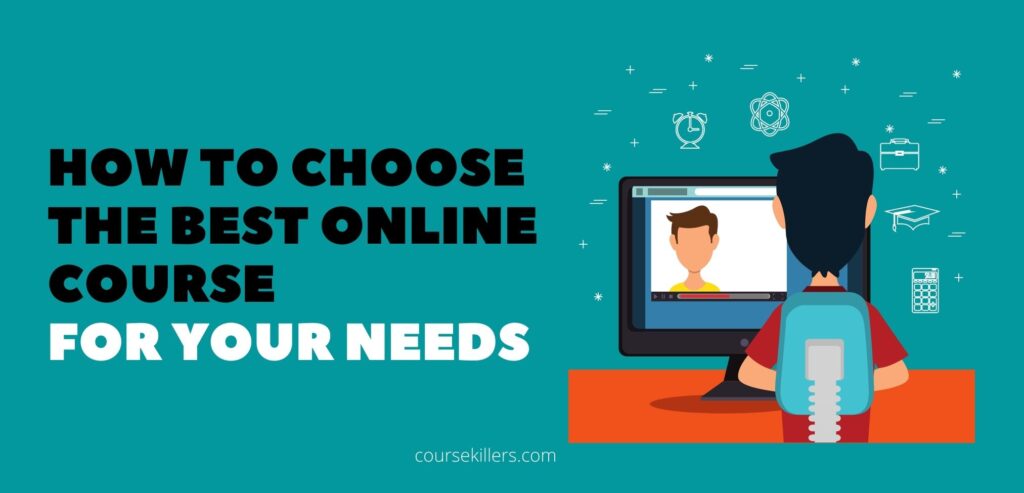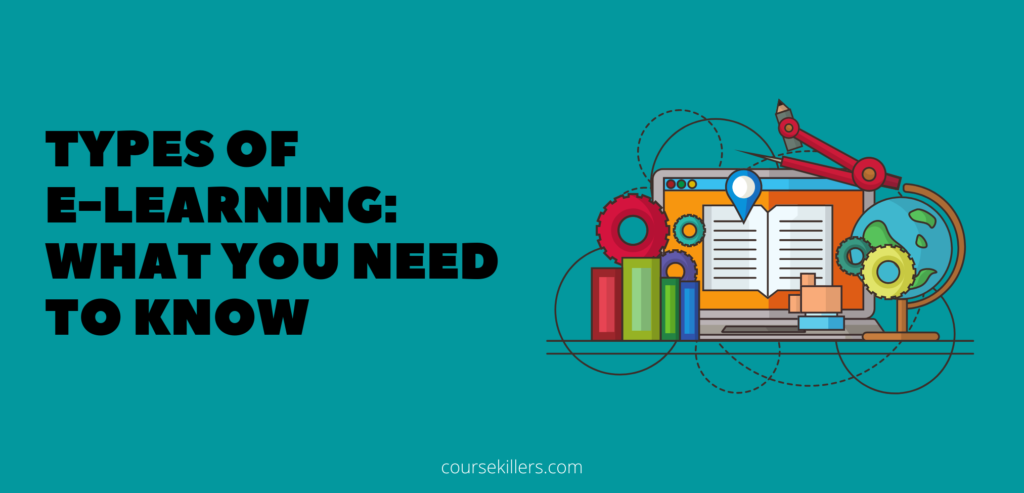The COVID has accelerated a global shift towards online in every single aspect of our lives. Education is no exception. After numerous Zoom meetings in 2020, it seems that the approach to education has changed forever. Will online courses replace the traditional courses with time and if so, should we switch our and our children’s education to an online format? Will traditional offline courses and classes be gone for good in just several years?
Let’s take a look at an online education market first.
Elearning platforms were booming even before COVID. According to a 2019 research study, the global E-learning Market was estimated at USD 144 Billion in 2019 and is expected to reach USD 374.3 Billion by 2026. The global E-learning Market is expected to grow at an annual growth rate of USD 14.6% from 2019 to 2026.
Another research company Technavio has been monitoring the online education market and it is poised to grow by $ 247.46 bn during 2020-2024, progressing at an annual growth rate of over 18% during the forecast period.

It’s true that COVID has accelerated the shift towards online education. Soon after it became evident that this was no passing virus, schools and universities speeded up the move towards online teaching – and students and professors adapted quite quickly to the new methods of teaching, learning, and grading. In a lot of countries with slow-paced vaccination, most educational activities are still performed online.
It seems that the end of this shift will the death of traditional education. Still, the future of education is not so black and white anymore – there’s a lot of grey in-between. There are several important concerns with online education that everyone who has completed at least one online class has experienced. Let’s see what professors and students have to say regarding the disadvantages of online classes.
No permanent focus
Online learning has become so widespread for a reason. It’s cheap and convenient. In a lot of cases, it’s even free. Think of any topic you’d love to learn and all you have to do is google it or find a Youtube channel on this topic. Why take the effort of searching for a paid offline class, changing your schedule, getting stuck in traffic, and coming home late?
However, there are fundamental disadvantages to this approach.
In a traditional class, you can immediately address questions to a tutor or one of your peers. What’s even more important you can listen to their questions and concerns regarding the topic, have open communication, and gain insights along the way.
Though you can, by all means, ask questions in any online course (a lot of learning management systems provide a technical ability to do that), unfortunately, in the majority of cases, you can’t get an immediate response which means that the moment when you entirely focus on the topic is gone.
Bottom-line, to learn a topic online you should really – REALLY – be interested in a subject and keep the focus
Poor personal development
What would be the greatest source of changes in our lives? It’s other people.
Being in class, for instance, and asking a question teaches you not only the pure data you get from a tutor but also certain confidence, with debating and discussing ideas spontaneously instead of typing in anonymous questions.
As a matter of fact, e-learning takes away the joy of coming together, engaging, and creating bonds with one-another and understanding different kinds of people, contexts, and cultures. Whenever you’re studying alone in your room you miss debating and discussing ideas over coffee and bagels.
It’s hard to argue that forming friendships online is simply not the same as forging face-to-face bonds. Students sitting at home cannot participate in events like performances, competitions, fairs and mixers that allow them to explore new fields, and develop other aspects of their personalities.
Being in class, for instance, and asking a question teaches you a certain confidence, with debating and discussing ideas spontaneously instead of typing in anonymous questions. Not being on campus takes away the post-class discussions – arguing with a friend over dinner about a point made in class. Digital learning also takes away another crucial aspect of campus life – the opportunity to find new interests and learn new skills by joining clubs and societies. Students sitting at home cannot participate in events like performances, competitions, fairs and mixers that allow them to explore new fields, and develop other aspects of their personalities.
Technical issues are still here
Today everyone can just search for a course they’re interested in, purchase it on a platform like Coursera or Udemy from any part of the world and get access to the experience of the world’s brightest minds. Right?
It’s still not so black and white. To effectively learn anything that is being taught, everyone needs to have a high-speed Internet connection, a well-functioning laptop, and a separate room to sit for ninety minutes at a time without any disruptions or disturbance. These prerequisites are both highly discriminatory and extremely exclusive – if one cannot pay for a good wi-fi connection, or lives in a small apartment where they cannot get a private, quiet area for themselves, online learning can be a challenge.
Motivation challenges
In traditional offline education, the real-time feedback and advice you get from an instructor are key to keeping the focus and motivation. E-learning instructors often don’t interact with students face-to-face and, thus, analyzing each student’s personal performance is a challenge.
Motivation is an even bigger problem. The learning process consumes much effort and time and it’s easy for a student to get discouraged along the way. In traditional education, you get plenty of feedback from your instructor and it’s always possible to verify your understanding and reinforce assessment. In an online course, you often get feedback from different people and it lacks a personal approach.
Are Online Courses Worth It?
Well, will online courses replace traditional education after all? Online courses, e-Learning, and learning management software markets are growing every year. However, I don’t think moving the whole education process to online is a good idea. Deprived of any emotional connection with peers or an ability to listen to other opinions and tutor face-to-face feedback and encouragement, online education is something that will definitely complement offline education but won’t supersede it.
The future of education must be a healthy mix of online and offline – with the former being an add-on to the latter.
What do you think about the future of education? Take this tiny survey, your opinion matters!












